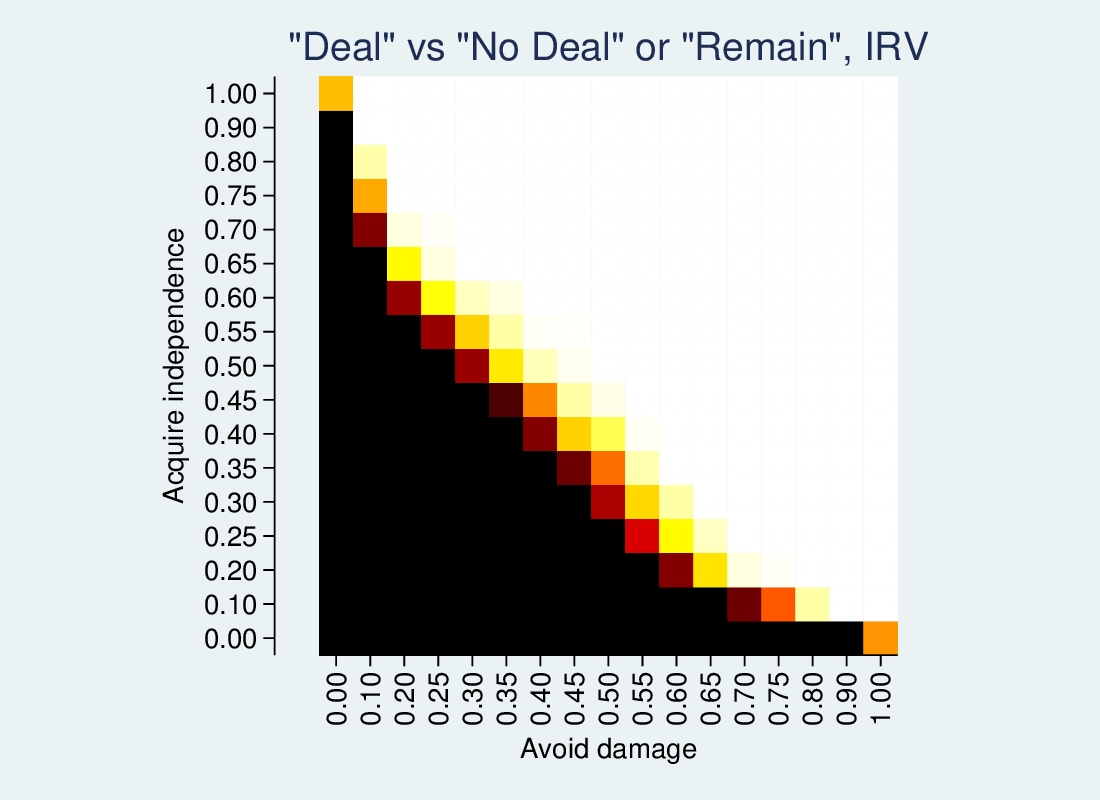Idle hands
For the want of something better to do (okay, because procrastination), a pass at webscraping Wikipedia. For fun. I’m going to use it’s “Random Page” to sample pages, and then extract the edit history (looking at how often edited, and when). Let’s say we’re interested in getting an idea of the distribution of interest in editing pages.
See update: tidier code.
I’m going to use Emacs lisp for the web scraping.
OK, Wikipedia links to a random page from the Random Page link in the lefthand menu. This is a URL:
https://en.wikipedia.org/wiki/Special:Random
How random is this page? See https://en.wikipedia.org/wiki/Wikipedia:FAQ/Technical#random

